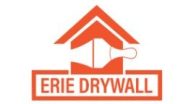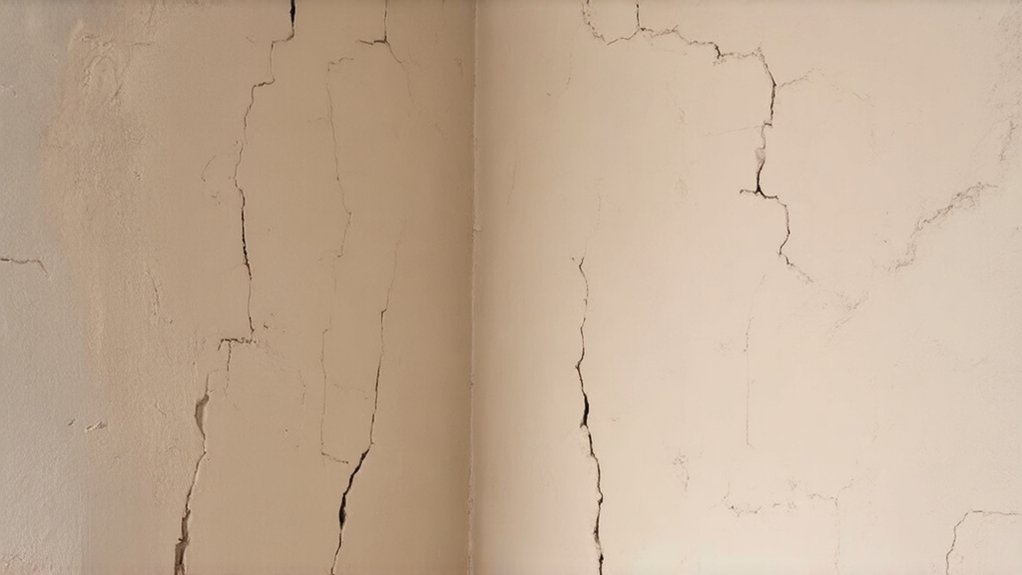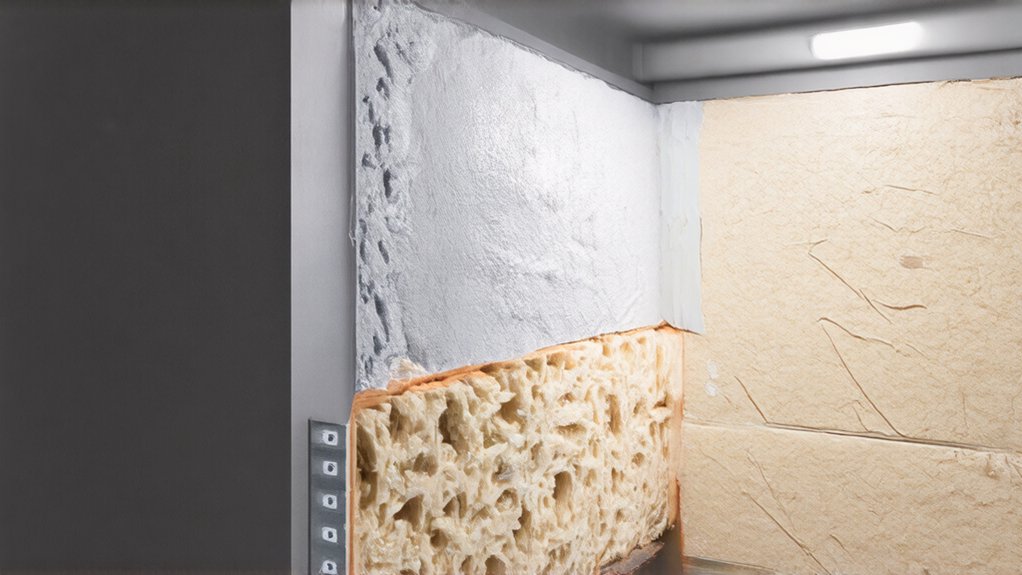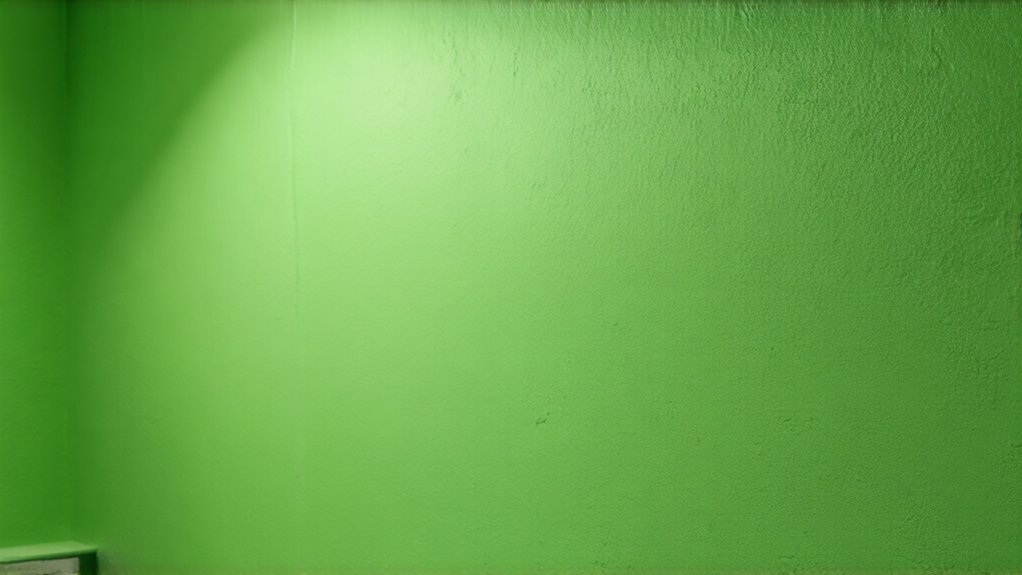To prevent drywall cracks in older homes, you'll need a proactive approach. Monitor your home's foundation, control humidity levels, and address temperature fluctuations. Inspect walls regularly, seal potential weak points, and maintain consistent indoor conditions. Professional foundation assessments can catch early signs of structural shifts. Investing in proper ventilation, using dehumidifiers, and addressing minor issues promptly will help preserve your home's integrity. Stay curious about your home's unique needs.
Understanding Common Causes of Drywall Cracks
Why do drywall cracks seem to appear out of nowhere in older homes? These unsightly fissures often result from natural house settling, temperature fluctuations, and poor window weatherization.
As your home ages, structural shifts and moisture changes can stress wall materials, causing subtle but noticeable breaks. Inadequate wall insulation frequently contributes to these problems, allowing temperature variations to expand and contract building materials.
Foundation movement, humidity levels, and even minor earthquakes can trigger unexpected cracking. Understanding these root causes helps homeowners proactively address potential damage before it becomes more extensive and costly to repair. Professional drywall repair services in Erie, PA can provide expert assessment and solutions for managing these underlying structural issues.
Structural Assessment and Foundation Maintenance
Three critical steps can help homeowners proactively evaluate and maintain their home's structural integrity, preventing drywall cracks before they become serious problems.
First, schedule a professional foundation inspection to assess soil stability and detect early warning signs of potential issues. You'll want to monitor ground moisture levels and guarantee proper drainage around your home's perimeter.
Next, address any soil erosion or water accumulating that could compromise your foundation's strength. Finally, invest in preventative maintenance like sealing foundation cracks, managing topographic grading, and installing moisture barriers. These strategic actions can protect your home's structural health and minimize future drywall damage. Professional drywall contractors in Erie, PA recommend regular home maintenance to prevent extensive wall repairs.
Humidity and Temperature Control Strategies
After addressing foundation concerns, homeowners must recognize how indoor climate directly impacts drywall stability. Proper ventilation methods play an essential role in maintaining consistent humidity levels. You'll want to use dehumidifiers in damp spaces and humidity monitors to track moisture content.
Seasonal temperature adjustments help prevent material expansion and contraction that cause cracking. Install ceiling fans and use window treatments to regulate indoor temperatures. Maintain your home's climate between 30-50% humidity and keep temperatures steady, avoiding dramatic fluctuations. These strategies will protect your drywall and preserve your home's structural integrity.
Professional Repair and Reinforcement Techniques
When drywall cracks become extensive or structurally concerning, professional intervention becomes essential for homeowners seeking long-term solutions. Experts can accurately assess plaster crack identification, determining whether issues stem from foundation problems or seasonal expansion control.
They'll employ advanced reinforcement techniques like mesh tape, specialized joint compounds, and strategic bracing to stabilize compromised wall sections. Professionals can also diagnose underlying structural issues that might cause recurring cracks, preventing future damage. By investing in professional repair, you'll not only restore your walls' appearance but also protect your home's structural integrity, ensuring a safe and visually appealing living environment.
Ongoing Monitoring and Preventative Maintenance
Professional repairs offer a solid foundation, but maintaining your home's walls requires consistent attention and proactive strategies. You'll want to establish routine inspections at least twice a year, carefully examining walls for early signs of potential cracking or structural shifts.
Pay special attention to areas near windows, doors, and where different building materials meet. Regular caulk maintenance helps seal potential weak points, preventing moisture intrusion and reducing stress on your drywall. By staying vigilant and addressing minor issues promptly, you'll protect your home's structural integrity and preserve its aesthetic appeal, ensuring your living space remains both beautiful and stable.
Frequently Asked Questions
Can Drywall Cracks Indicate Serious Structural Problems in My Home?
Drywall cracks could signal serious structural foundation integrity issues. You'll want to watch for wide, zigzag, or expanding cracks that suggest underlying wall instability. Don't ignore them—they're your home's way of telling you something's wrong.
How Expensive Are Professional Drywall Crack Repairs on Average?
Professional drywall crack repairs typically range from $300 to $1,000. You'll find average contractor costs depend on crack size and location. Don't stress—most repairs are manageable and can restore your home's polished look without breaking the bank.
Do Seasonal Temperature Changes Affect Drywall Crack Formation?
Yes, temperature fluctuations can cause drywall cracks. You'll want to improve your home's thermal insulation quality and implement moisture control measures to minimize structural stress and prevent unsightly wall damage during seasonal changes.
Are Hairline Cracks More Serious Than Larger Visible Cracks?
Hairline cracks aren't always worse—they're often less concerning than larger cracks. You'll want to examine crack patterns carefully, as underlying causes like settling or structural issues determine the severity of the damage.
Can I Repair Small Drywall Cracks Myself Without Professional Help?
You can definitely tackle small drywall cracks! Grab some patch materials, use smooth drywall sanding techniques, and follow online tutorials. With patience and practice, you'll restore your wall's smooth finish and feel proud of your DIY home repair skills.



